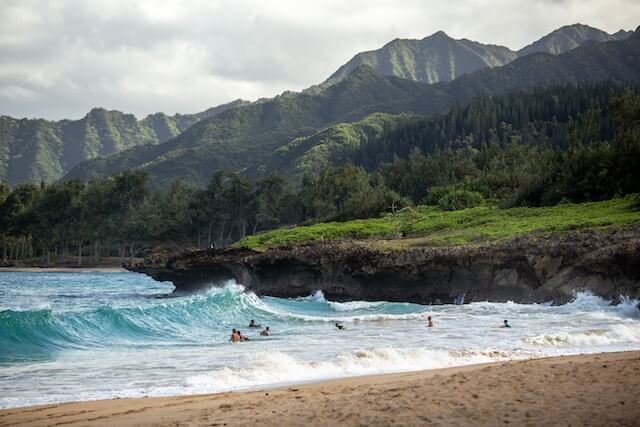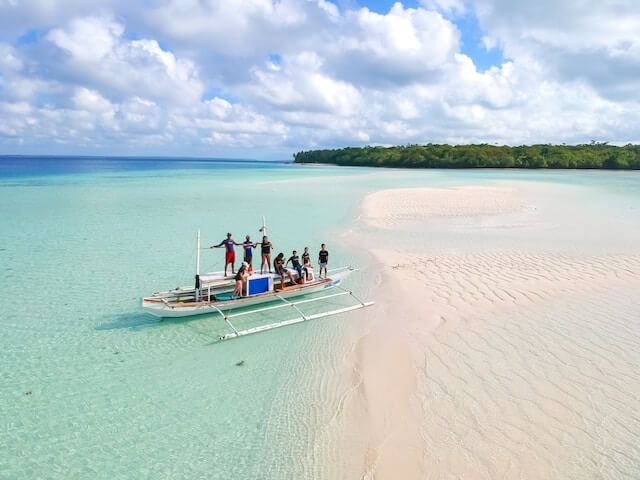Hawaii, with its stunning natural beauty and unique cultural experiences, has long been a dream destination for travelers worldwide. As the demand for vacation rentals in the Aloha State continues to rise, rental agents and property owners are consequently navigating a dynamic market shaped by state-specific regulations, property management challenges, and evolving travel trends.
Here are insights into the state’s unique market, regulations, and the latest trends in island destinations.
The Allure of Hawaii’s Vacation Rental Market
Hawaii’s vacation rental market is alluring for both property owners and travelers. The islands offer a diverse range of rental properties, from beachfront villas to cozy cottages nestled in lush tropical landscapes. The appeal of Hawaii lies not only in its natural beauty but also in its rich culture, warm hospitality, and numerous outdoor activities. These elements make it a top choice for travelers seeking unique experiences.
Rental agents have the opportunity to cater to diverse traveler preferences, from romantic getaways for couples to family-friendly accommodations and luxury retreats. Hawaii’s reputation as a safe and welcoming destination further enhances its appeal in a post-pandemic travel landscape.

Navigating Hawaii’s Vacation Rental Regulations
While Hawaii’s vacation rental market is undoubtedly attractive, it is also subject to strict regulations designed to balance the interests of property owners, local communities, and the tourism industry. Therefore, rental agents and property owners must be well-versed in these regulations to operate legally and sustainably.
Hawaii’s vacation rental regulations include permitting requirements, occupancy limits, and specific tax obligations. Each county in Hawaii has its own set of rules. Therefore, it is essential for rental agents to stay informed about local ordinances. For example, the introduction of Ordinance 19-18, which enforces tighter restrictions on short-term rentals, underscores the importance of staying up-to-date with evolving regulations.
Property Management Challenges in Paradise
Managing vacation rentals in Hawaii comes with its unique set of challenges. For instance, the state’s remote location means that property management teams must be adept at coordinating maintenance and guest services from afar. Additionally, the island climate can pose challenges to property upkeep. For example, dealing with saltwater corrosion in coastal properties or addressing pest control issues in tropical environments.
Property owners and rental agents must also be prepared for seasonal fluctuations in demand, with peak tourist seasons and quieter periods. Effective marketing strategies, pricing adjustments, and property maintenance schedules are critical to optimizing occupancy rates and revenue throughout the year.
Trends in Island Destinations
As travel trends evolve, Hawaii’s vacation rental market adapts to meet changing demands. Several notable trends are shaping the vacation rental landscape in the Aloha State:
Sustainable Travel
Travelers increasingly seek eco-friendly accommodations and experiences. Rental agents can cater to this trend by promoting properties with green features. Additionally, they can provide information on sustainable activities and tours in Hawaii.
Sustainable travel is more than a passing trend; it’s a growing movement driven by eco-conscious travelers who seek accommodations that align with their values. In Hawaii, where the natural environment is a primary attraction, rental agents can capitalize on this trend by highlighting eco-friendly features and activities.

Partner with local eco-tour operators to offer guests sustainable experiences. A few examples include guided hikes through lush rainforests, snorkeling trips that emphasize marine conservation, and farm-to-table culinary tours showcasing Hawaii’s sustainable agriculture practices.
Remote Work and Extended Stays
The rise of remote work has led to a growing interest in extended stays. Hawaii’s breathtaking landscapes and reliable internet connectivity make it an attractive destination for digital nomads and remote workers.
Remote workers often choose to spend a month working from a vacation rental on the Big Island. Provide high-speed internet, a dedicated workspace, and concierge services to help plan leisure activities. By doing so, rental agents can cater to this growing demographic.
Island Hopping
Travelers often combine visits to multiple Hawaiian islands in a single trip. Rental agents can collaborate with partners on different islands to offer seamless accommodations and experiences for island-hopping travelers.
Island-hopping is a popular way for travelers to experience the diversity of Hawaii’s landscapes and cultures. Rental agents can facilitate seamless transitions between islands to enhance the guest experience.
By embracing and adapting to these trends, rental agents in Hawaii can not only attract a broader range of travelers but also contribute to the sustainable and responsible growth of the vacation rental market in the Aloha State. Leveraging these trends, combined with a commitment to exceptional guest experiences and compliance with local regulations, will position rental agents for long-term success in this dynamic market.

Thriving in Hawaii’s Vacation Rental Market
Hawaii’s vacation rental market offers a unique blend of natural beauty, cultural richness, and property investment opportunities. To thrive in this market, rental agents must stay informed about state-specific regulations, address property management challenges, and adapt to evolving travel trends. Leverage platforms like Padleads to maximize property exposure. By doing so, you can unlock the full potential of Hawaii’s vacation rental market, sharing the Aloha spirit with travelers from around the world.